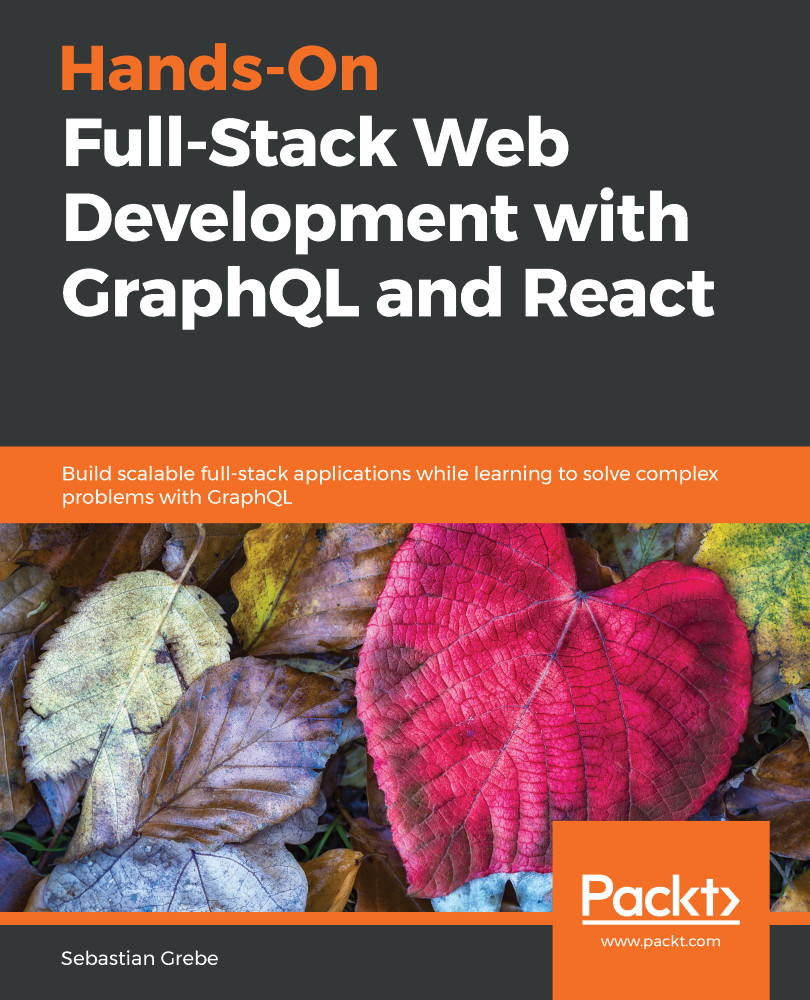Our back end and front end can communicate, create new posts, and respond with a list of all posts while using fake data. The next step on our list will be to use a database, such as an SQL server, to serve as data storage.
We want our backend to persist data to our SQL database by using Sequelize. Our Apollo Server should use this data for queries and mutations, as needed. In order for this to happen, we must implement database models for our GraphQL entities.
This chapter will cover the following points:
- Using databases with GraphQL
- Using Sequelize in Node.js
- Writing database models
- Performing database migrations with Sequelize
- Seeding data with Sequelize
- Using Apollo together with Sequelize



